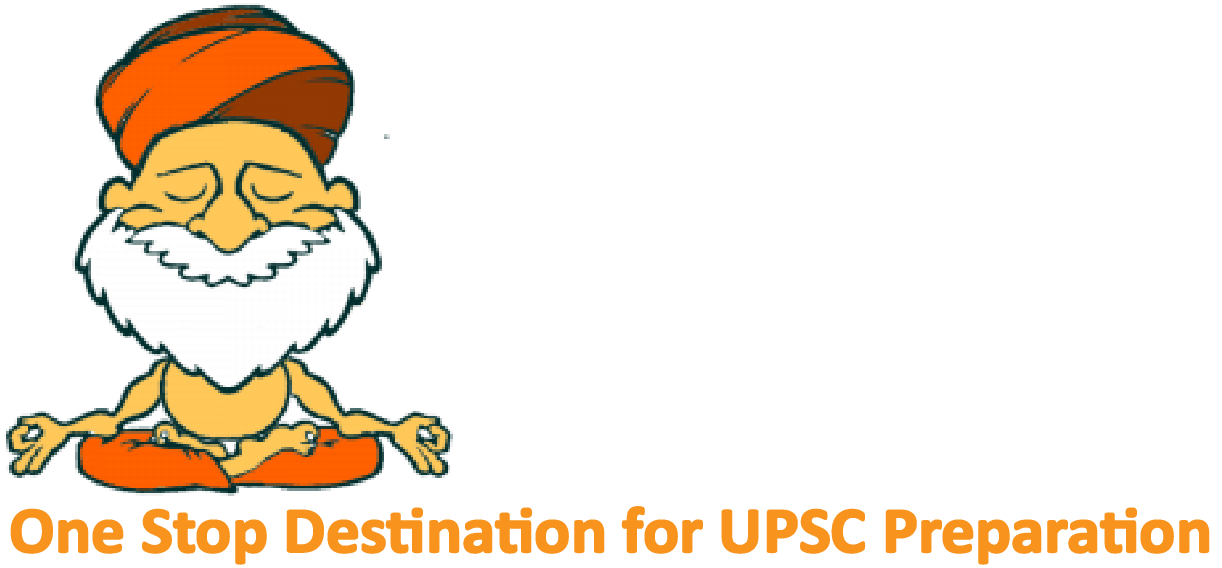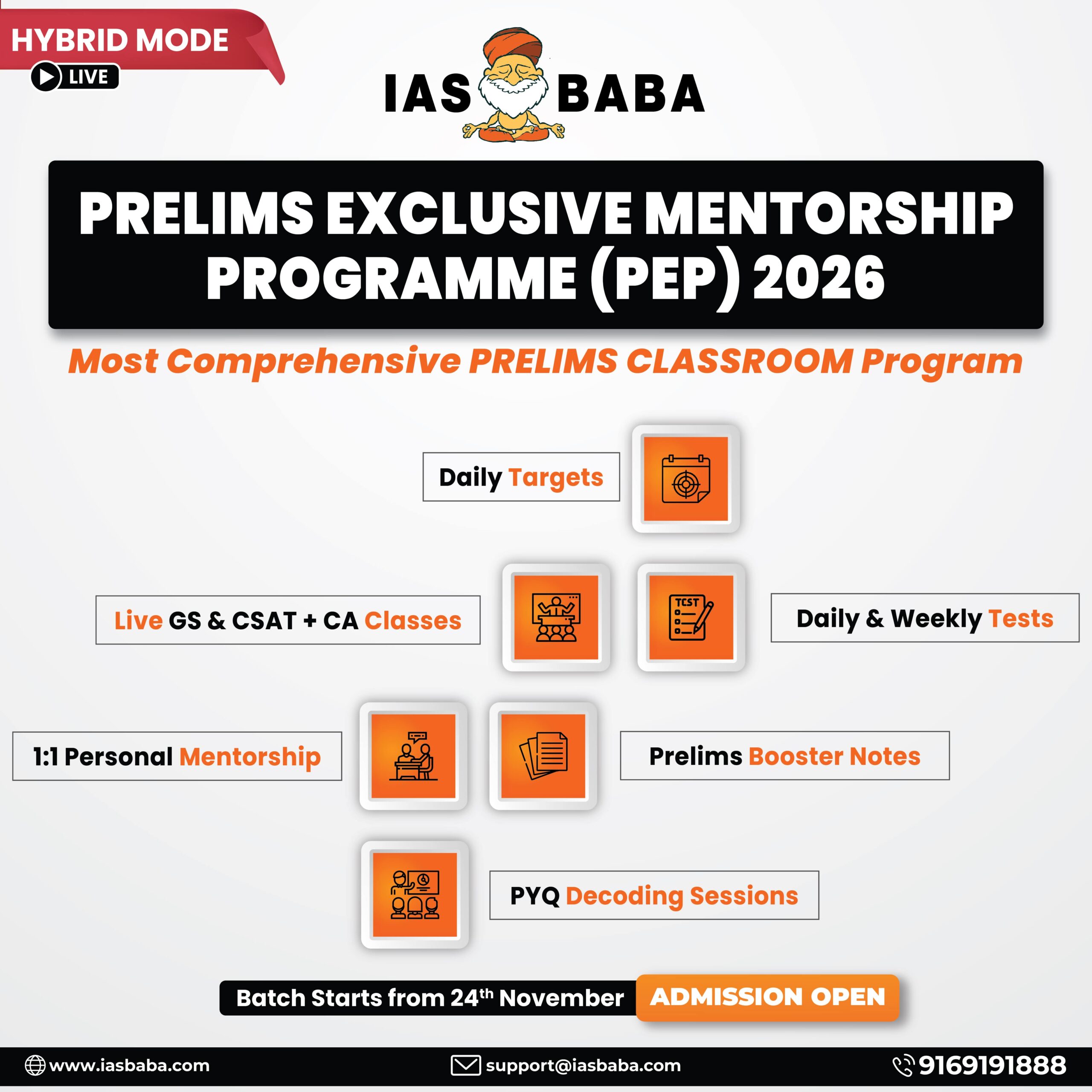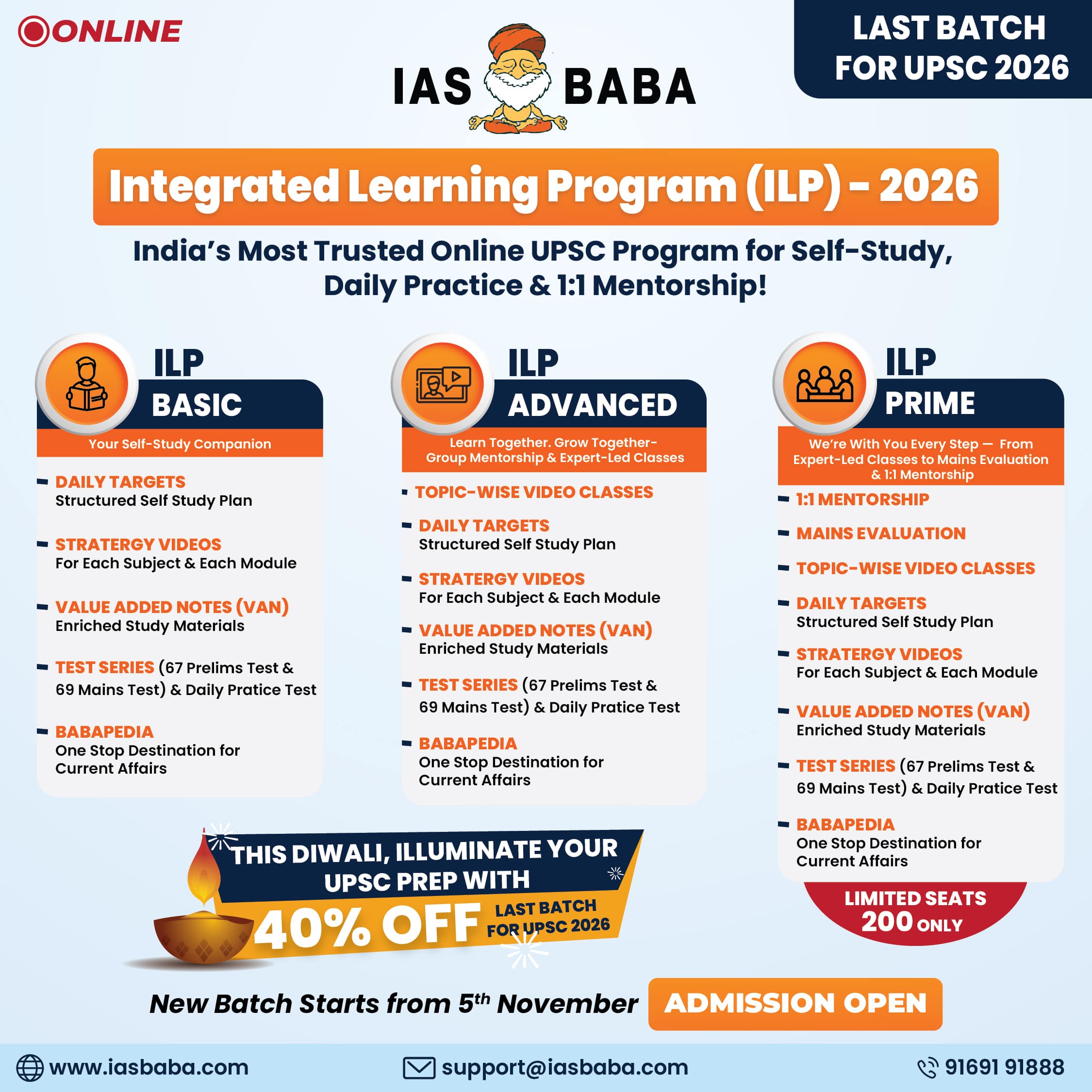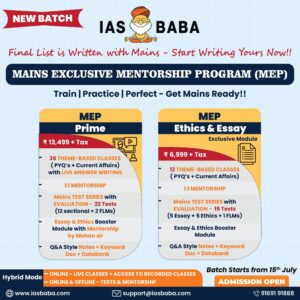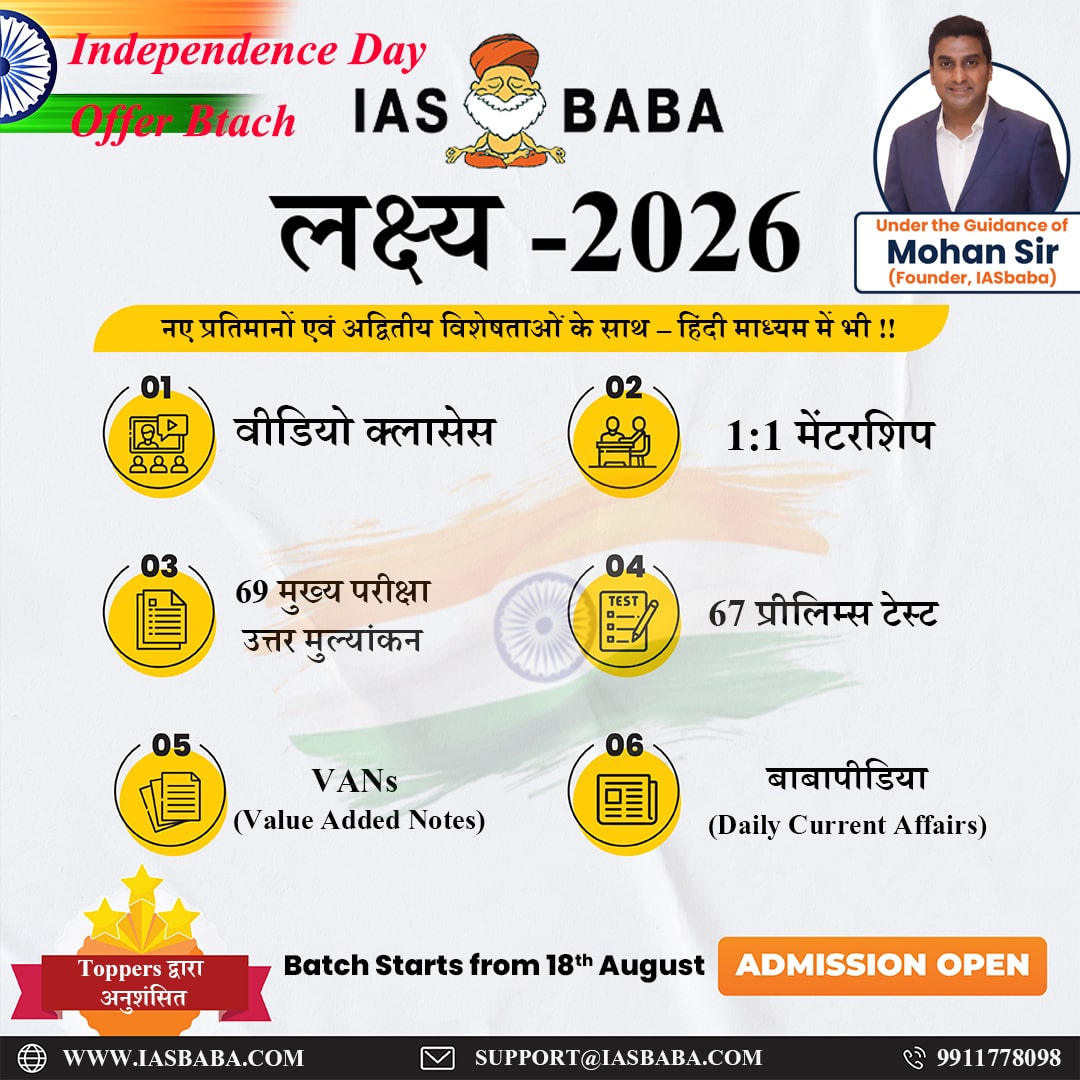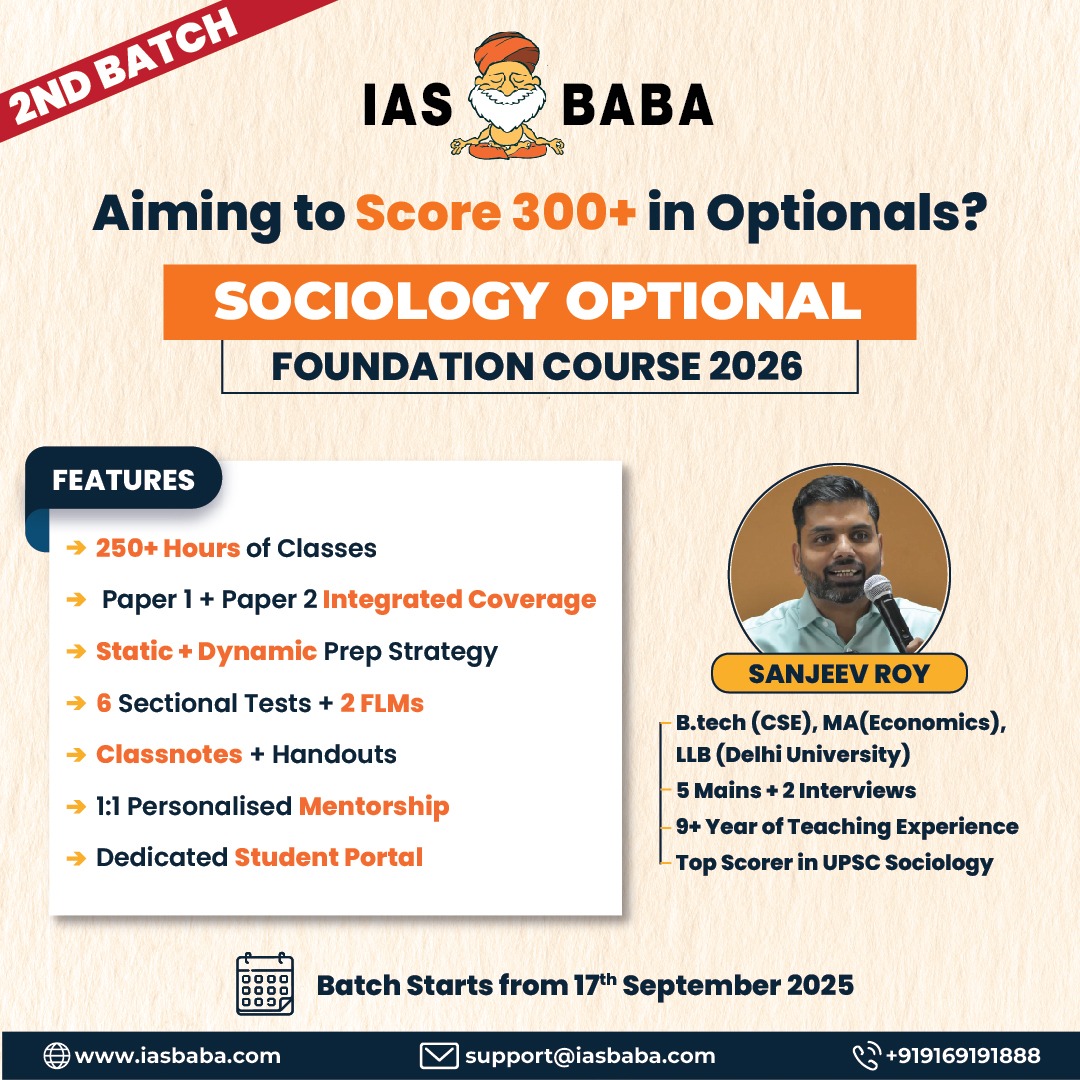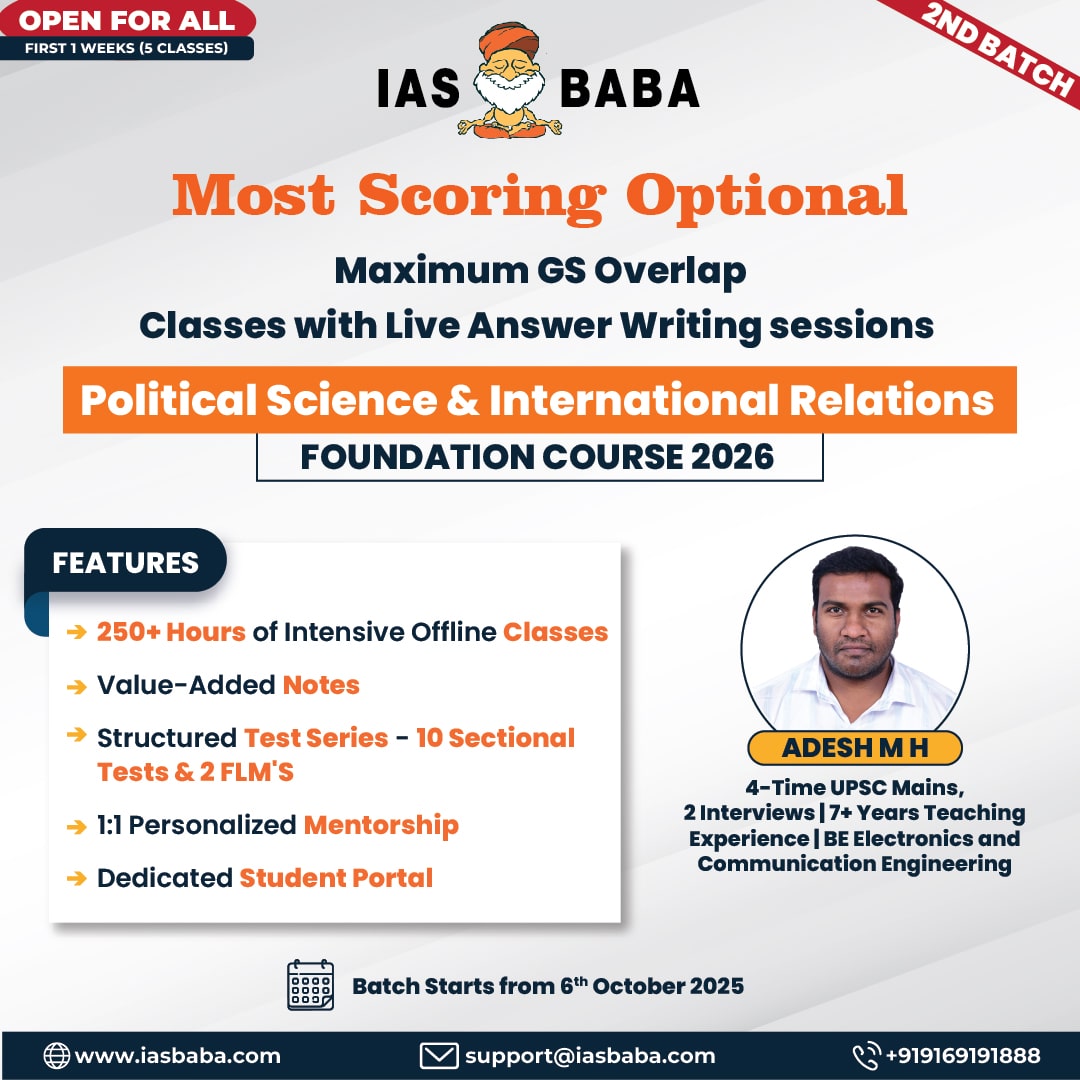IASbaba's Daily Current Affairs Analysis
Archives
(PRELIMS & MAINS Focus)
Syllabus:
- Prelims & Mains – POLITY
Context: Union Home Minister Amit Shah chaired the 27th meeting of the Western Zonal Council in Pune.
Background: –
- The idea of creation of Zonal Councils was mooted by the first PM Jawaharlal Nehru in 1956 when during the course of debate on the report of the States Reorganisation Commission, he suggested that the states proposed to be reorganised may be grouped into four or five zones having an Advisory Council “to develop the habit of cooperative working”.
Key takeaways
- Zonal Councils in India are statutory bodies created under the States Reorganisation Act, 1956. The North-Eastern Council (NEC), created under a separate Act in 1971, covers the northeastern states and functions differently.
- The present composition of the Zonal Councils is as follows:
- The Northern Zonal Council, comprising the States of Haryana, Himachal Pradesh, Jammu & Kashmir, Punjab, Rajasthan, National Capital Territory of Delhi and Union Territory of Chandigarh.
- The Central Zonal Council, comprising the States of Chhattisgarh, Uttarakhand, Uttar Pradesh and Madhya Pradesh.
- The Eastern Zonal Council, comprising the States of Bihar, Jharkhand, Orissa, and West Bengal.
- The Western Zonal Council, comprising the States of Goa, Gujarat, Maharashtra and the Union Territories of Daman & Diu and Dadra & Nagar Haveli.
- The Southern Zonal Council, comprising the States of Andhra Pradesh, Karnataka, Kerala, Tamil Nadu and the Union Territory of Puducherry.
- North Eastern Council was set up under the North Eastern Council Act, 1972 with Assam, Arunachal Pradesh, Manipur, Tripura, Mizoram, Meghalaya and Nagaland as its members. The state of Sikkim, earlier in the Eastern Zonal Council was included in the North Eastern Council in 2002.
- Each Zonal Council has a Standing Committee consisting of Chief Secretaries of the member states. These Standing Committees meet from time to time to resolve the issues or to do necessary groundwork for further meetings of the Zonal Councils.
- The composition of each council is as follows: The Union Home Minister is the chairman of each of these council. The Chief Ministers of the states included in each zone act as Vice-Chairman of the Zonal Council for that zone by rotation, each holding office for a period of one year at a time.
- In 2018, the Union Cabinet chaired by the Prime Minister Narendra Modi approved the nomination of the Union Home Minister as ex-officio chairman of North Eastern Council and the Minister Development of North Eastern Region (DoNER) to serve as Vice Chairman of the Council.
Source: Indian Express
Syllabus:
- Prelims – GEOGRAPHY
Context: Migrants seeking entry into the US continue to resort to the infamous Darien Gap, an unforgiving expanse of jungle between Panama and Colombia. They are led by unscrupulous human traffickers who prey on their desire to seek a better life.
Background: –
- The majority of migrants hail from Latin America and are fleeing poverty, economic instability, and political turmoil in their home countries. However, an increasing number of people from Asian countries like India have frequented this route, spending large amounts of money.
Key takeaways
- Location: The Darien Gap is a dense, roadless jungle region on the border of Panama and Colombia.
- Physical Features: It consists of swamps, rainforests, and rugged mountains, making it one of the most inaccessible regions in the world.
- Obstacle to the Pan-American Highway: This is the only missing section (about 106 km) in the otherwise continuous Pan-American Highway, which extends from Alaska to Argentina.
Strategic & Geopolitical Importance
- Migration Route: It has become a major passage for migrants from South America, Africa, and even Asia attempting to reach North America.
- Security Issues: The area is notorious for drug trafficking, organized crime, and armed groups operating in the region.
- Environmental Conservation vs. Development: Proposals to build roads through the Darien Gap face opposition due to concerns about deforestation, indigenous rights, and biodiversity loss.
Environmental & Ecological Concerns
- Biodiversity Hotspot: It is home to endangered species and a vital part of the Mesoamerican Biological Corridor.
- Portions of the Darién Gap are protected as national parks and reserves, such as Darién National Park in Panama, a UNESCO World Heritage Site.
- Climate Change & Deforestation: Logging, illegal settlements, and infrastructure development threaten the unique ecosystem.
- Indigenous Communities: Several indigenous tribes, including the Emberá and Wounaan, inhabit the region and rely on traditional means for survival.
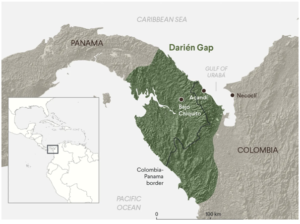
Source: Indian Express
Syllabus:
- Prelims – CURRENT EVENT
Context: Prime Minister Narendra Modi made a reference to Soligas of BRT Tiger Reserve in the 119th edition of Mann Ki Baat and praised their contribution to tiger conservation.
Background:
- The National Tiger Conservation Authority (NTCA) report on the tiger population for BRT Tiger Reserve indicated the presence of 69 tigers in 2014. This number went up to 86 in the 2018 report. However, the NTCA’s 2022 report on the “Status of Tigers, Co-Predators, and Prey” noted a decline in the tiger population and attributed it to the presence of humans and habitat degradation.
Key takeaways
- The Soliga, also spelled Solega, Sholaga, and Shōlaga, are an indigenous tribal community primarily residing in the Biligirirangana Hills (BR Hills) and Male Mahadeshwara Hills of Karnataka, India, with some populations in the Erode district of Tamil Nadu.
- Their name, “Soliga,” translates to “children of bamboo,” reflecting their deep-rooted connection with nature.
- Language: The Soliga speak Sholaga, a Dravidian language closely related to Kannada and Tamil.
- Historically, the Soliga practiced shifting cultivation and were dependent on the forest for their livelihood, collecting non-timber forest products (NTFP) such as honey, gooseberries, bamboo, and various medicinal plants. They possess extensive knowledge of over 300 herbs used for treating various ailments.
Cultural and Religious Practices
- The Soliga follow a blend of naturism, animism, and Hinduism.
- Sacred sites such as Dodda Sampige, a large Michelia champaka tree, hold significant spiritual importance.
Legal Recognition and Conservation Efforts
- In 2011, the BR Hills region was declared a tiger reserve, leading to restrictions on traditional practices.
- The Soliga community legally contested these limitations and became the first tribal group in India to have their forest rights recognized within a core area of a tiger reserve. They have since collaborated in conservation efforts, contributing to the doubling of the tiger population between 2011 and 2015.
Source: The Hindu
Syllabus:
- Prelims & Mains – CURRENT EVENT
Context: Union Education Minister Dharmendra Pradhan’s remarks indicating that Tamil Nadu would not receive funding under the Samagra Shiksha program until it adopts the National Education Policy (NEP) and implements its three-language policy has sparked significant protest against NEP in the state.
Background: –
- The need for an education policy was first felt in 1964 when Congress MP Siddheshwar Prasad criticised the then government for lacking vision for education. A 17-member Education Commission, headed by then UGC Chairperson D S Kothari, was constituted to draft a national policy. Based on the suggestions of this Commission, Parliament passed the first education policy in 1968.
Key takeaways
- The National Education Policy, 2020 is the third national education policy. The first came in 1968 and the second in 1986, under Indira Gandhi and Rajiv Gandhi respectively; the NEP of 1986 was revised in 1992 when P V Narasimha Rao was Prime Minister.
- The NEP only provides a broad direction and is not mandatory to follow. Education is a concurrent subject (both the Centre and the state governments can make laws on it).
Salient Features of NEP 2020
School Education Reforms
- New 5+3+3+4 Structure replacing the 10+2 system:
- Foundational Stage (5 years): 3 years of preschool + Grades 1-2 (Ages 3-8).
- Preparatory Stage (3 years): Grades 3-5 (Ages 8-11).
- Middle Stage (3 years): Grades 6-8 (Ages 11-14).
- Secondary Stage (4 years): Grades 9-12 (Ages 14-18).
- Early Childhood Care and Education (ECCE): Universal access to quality education for kids aged 3-6, integrating anganwadis and pre-schools into the system.
- Mother Tongue as Medium of Instruction: Up to Grade 5, preferably till Grade 8 and beyond.
- Introduction of Coding & Computational Thinking from Grade 6.
Higher Education Reforms
- Multidisciplinary Education with flexible curricula.
- Multiple Entry and Exit Options: Certificate after 1 year, Diploma after 2 years, Degree after 3/4 years.
- Abolition of M.Phil. Programs.
- Academic Bank of Credits (ABC): Digital credit storage and transfer system.
- Focus on Research: Formation of National Research Foundation (NRF).
- Higher Education Commission of India (HECI): Single regulatory body for all higher education (excluding medical and legal).
Skill Development & Vocational Education
- Vocational courses integrated from Grade 6.
- Focus on experiential learning, internships, and hands-on projects.
- By 2030, the minimum qualification for teaching to be a 4-year integrated B.Ed. degree.
- Increased Budget Allocation – Public investment in education to increase to 6% of GDP.
Source: Indian Express
Syllabus:
- Prelims – ART & CULTURE
Context: Prime Minister Narendra Modi will witness what has been pegged as the “biggest ever” jhumur (also spelt jhumoir or jhumair) event in history on February 24.
Background: –
- Some 8,600 dancers will perform in Guwahati’s Sarusajai Stadium at the Jhumoir Binandini 2025 to mark the 200th anniversary of Assam’s tea industry.
Key takeaways
- The term “tea tribe” loosely refers to a multi-cultural, multi-ethnic community of tea garden workers and their descendants. These people came from Central India — mostly from present-day Jharkhand, Odisha, Chhattisgarh, and West Bengal — and settled in Assam in the 19th century to work in the British tea gardens.
- This migration was often forced, and even when it was not, it occurred in highly exploitative circumstances. Not only did migrants work under abysmal conditions at the tea gardens for very little pay, but they were also not free to leave.
- Today, the descendants of these people are concentrated in districts with a large concentration of tea estates, in Upper Assam and in the Barak Valley. They have Other Backward Classes (OBC) status in the state, although they have long been fighting for Scheduled Tribe (ST) status. Tribes such as the Munda or the Santhal, a part of the larger tea garden community in Assam, have ST status in the states where they originally came from.
what is the Jhumur dance?
- The tea garden community brought a motley collection of cultural practices from their homelands to Assam. Of particular note in this regard is the jhumur tradition.
- Jhumur is the folk dance of the Sadan ethnolinguistic group, who trace their origins to the Chotanagpur region. Today it occupies a central place in what are known as “tea garden festivals” or festivals celebrated by tea garden workers in Assam.
- Women are the main dancers and singers, while men play traditional instruments such as madal, dhol, or dhak (drums), cymbals, flutes, and shehnai. The attire worn varies from community to community, although red and white sarees are particularly popular among women.
- Dancers stand shoulder-to-shoulder and move in coordinated patterns with precise footwork while singing couplets in their native languages — Nagpuri, Khortha and Kurmali. These have evolved in Assam to borrow heavily from Assamese.
- While set to upbeat tunes and lively rhythms, the subject of Jhumur songs in Assam, however, can often be grim.
- The tradition also acts as a means of social cohesion, more so given the history of displacement of the tea garden communities. It aided them in not only retaining aspects of their culture and identity but also in making sense of the world their ancestors found themselves in.
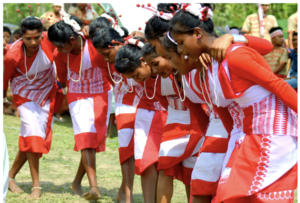
Source: Indian Express
Practice MCQs
Q1.) Consider the following statements regarding Jhumur Dance:
- It is a folk dance traditionally performed by the tea garden community in Assam.
- The main dancers in Jhumur are men, while women play musical instruments.
- Jhumur songs in Assam are performed in languages like Nagpuri, Khortha, and Kurmali, with influence from Assamese.
Which of the statements given above is/are correct?
(a) 1 and 3 only
(b) 2 and 3 only
(c) 1 and 2 only
(d) 1, 2, and 3
Q2.) With reference to the Soliga tribe, consider the following statements:
- The Soliga are primarily found in the Biligirirangana Hills (BR Hills) and Male Mahadeshwara Hills in Karnataka.
- They were the first tribal group in India to receive legal recognition for their forest rights within a core area of a tiger reserve.
- The Soliga language is an Indo-Aryan language closely related to Hindi and Marathi.
Which of the statements given above is/are correct?
(a) 1 and 2 only
(b) 2 and 3 only
(c) 1 and 3 only
(d) 1, 2, and 3
Q3.) Consider the following statements regarding the Darien Gap:
- It is a roadless jungle region that serves as a geographical barrier between Panama and Colombia.
- It is the only missing section of the Pan-American Highway, which otherwise connects North and South America.
- The region is primarily known for its biodiversity conservation, with minimal security threats.
Which of the statements given above is/are correct?
(a) 1 and 2 only
(b) 2 and 3 only
(c) 1 and 3 only
(d) 1, 2, and 3
Comment the answers to the above questions in the comment section below!!
ANSWERS FOR ’ Today’s – Daily Practice MCQs’ will be updated along with tomorrow’s Daily Current Affairs
ANSWERS FOR 22nd February – Daily Practice MCQs
Q.1) – b
Q.2) – d
Q.3) – d

